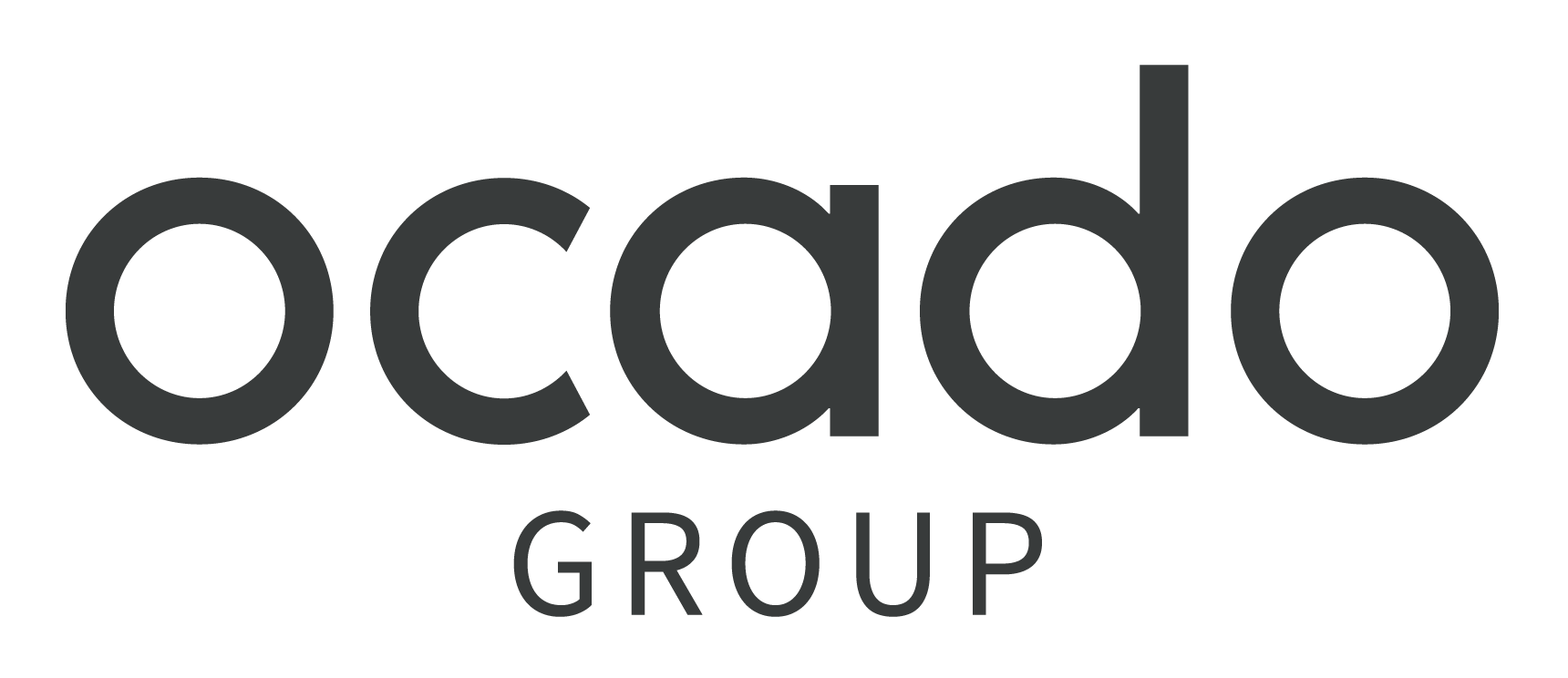
The EQT Success Story
EQT is a purpose-driven global investment organisation with a 30-year track record of delivering consistent and attractive returns across multiple geographies, sectors and strategies.
“Previously we were doing a lot of manual handling, which resulted in inconsistency and a lack of scalability – that was the primary reason we needed Benefex technology.”
Ian Johnston, Organisational Consultant, EQT
Drivers for rolling out global benefits technology
Standardise, digitise and automate benefits processes and banish admin
1
Create an exceptional and consistent employee benefits experience globally
2

Deploy a scalable solution to support EQT’s global growth journey
3
The EQT Success Story
Ian Johnston, Organisational Consultant, presented the EQT case study at EB Live on how to implement a global benefits technology solution faster and smarter.
The drivers for benefits technology
EQT was previously lacking HR tech infrastructure and many HR processes were carried out manually, so the organisation wanted to digitise, modernise and automate processes in a scalable way.
As part of their digital transformation project, the team implemented Workday as their HRIS, but the Workday benefits module didn’t offer the employee experience and level of functionality they were looking for, so they looked for a benefits-specific platform.
They wanted to give their employees a better experience, make it easy for them to understand and select benefits, and make their offering more consistent globally.
When they started reviewing their benefits offering, it was apparent that benefits processes were very disparate across regions; each country had developed their schemes differently, often as a result of acquisitions. This meant that the experience was inconsistent for employees as well as for HR teams, with employees struggling to access their benefits. Some information was on the intranet, but most people would go to a HR colleague to ask about benefits, which meant the team was spending a lot of time responding to queries.
As Ian put it, “the only thing that was consistent across countries was the inconsistency.”
Scalability was key
EQT had significant growth plans so scalability was a key driver for implementing OneHub; stakeholders could see that operations weren’t fit for purpose and could see the value in digitisation and automation to support fast growth.
In some individual markets there were 200 sets of data being manually compiled to send to providers, which was very time and resource intensive – this level of administration was clearly not scalable. So automating benefits processes was necessary to free up the HR function so they could focus on a broader range of initiatives (which in turn would further support the business’ growth journey).
Creating a globally consistent approach to employee benefits
They developed a global framework approach, mapping out how they would implement their new benefits strategy and technology across all 20 countries. They needed to understand what global benefits they were going to offer, what was going to be transactional, and what was going to be read only.
Early on in the project they took stock of their existing benefits – looking at cover eligibility, age limits, funding rules etc. in each country. During this process they found differences that they didn’t know existed; for example, they were funding health benefits in all countries except France.
Ian highlighted the principles that guided their global programme from the outset:
- It must be globally consistent
- Avoid over-configuration; over-configuration can introduce complexity and make it harder to manage the global programme
- Only create localisation where needed; this supports a globally consistent approach, while allowing some tailoring to specific countries
- Sometimes there’s a need to make pragmatic decisions because a lot of providers are stuck in old fashioned ways of working
A phased rollout
For the first phase of the rollout, which launched in July 2024, they focused on countries with the most complex benefits – i.e. where there is the greatest administration challenge. In wave one, they launched OneHub and their updated benefits offering to employees in Sweden (their HQ country), Hong Kong, Luxembourg and the UK.
They’re due to follow with France, Germany, The Netherlands, Singapore, and Switzerland later this year – and the full rollout is due to be complete by mid-2025.

The results so far
“We were getting up to 80% engagement in the first 30 days in peak holiday season, which is quite unusual. However, employees hadn’t had an intuitive platform where they could self-serve before, so I felt quite confident. It’s all incredibly intuitive – even on the back end. People will adopt it if you make it easy for them.”
Advice for other Reward leaders
“I’ve seen and been involved in a lot of systems in my time – and one piece of advice is don’t let people loose on configuration. It will become complex to manage. Don’t do it just because it would be nice. For example, we could have given employees who were on deployment in other countries multiple logins but the benefits of doing this weren’t worth it.”
Customer Stories
Ready to connect your employee experience?



























